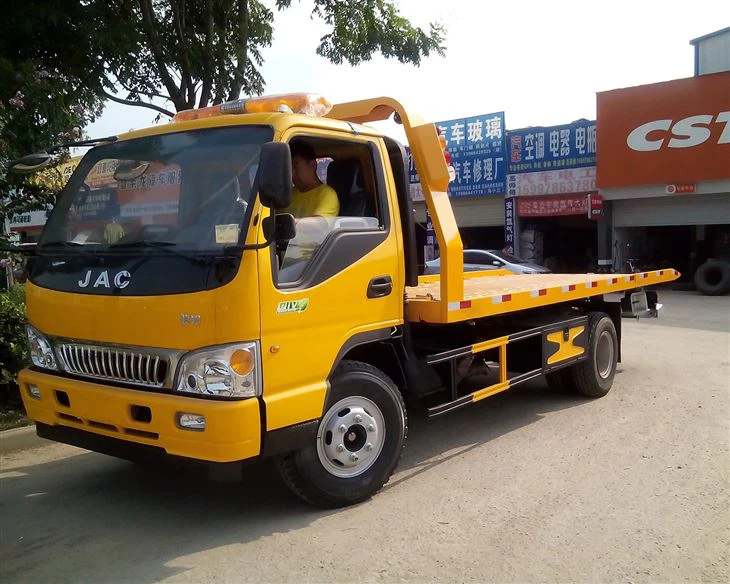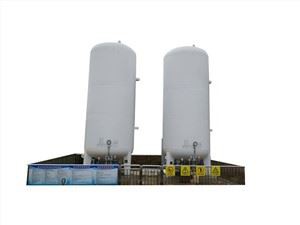Concrete Mixer Drum Replacement: A Comprehensive Guide

Introduction
Concrete mixers are essential machinery in the construction industry, enabling the efficient mixing of concrete for various projects. Over time, components such as the drum can wear down due to heavy use, leading to the need for replacement. Understanding when and how to replace a concrete mixer drum can significantly enhance operational efficiency and safety on job sites. This article provides a thorough overview of concrete mixer drum replacement, exploring when to replace, the steps involved, and practical tips to ensure a successful process.
When to Consider Concrete Mixer Drum Replacement
Signs of Drum Wear and Damage
Several indicators suggest that it’s time to replace your concrete mixer drum:
- Cracks and Pits: Visible damage to the surface can affect mixing efficiency.
- Rust and Corrosion: Particularly in older models, these can lead to structural weaknesses.
- Unusual Noises: Grinding or rattling sounds during operation might indicate drum issues.
- Inconsistent Mixes: Poorly mixed concrete can point to ineffective drum rotation or damage.
Monitoring Your Mixer’s Performance
Regular monitoring is crucial. Keeping track of how well your mixer performs can help you identify potential issues early on. This includes noting the time it takes to achieve the desired mix and the consistency of the finished product.
Choosing the Right Replacement Drum
Types of Concrete Mixer Drums
Concrete mixer drums come in various types, depending on the mixer model and the application requirements. The primary types include:
- Stationary Drums: Fixed in place and typically used in stationary mixers.
- Portable Drums: Can be moved and are often used in smaller jobsites.
- Reversible Drums: Allow changing the direction of rotation, suitable for different mixing needs.
Material Considerations
Drums are typically made from steel or occasionally from lighter materials such as aluminum. When selecting a replacement, consider:
- Durability: Steel drums are generally more robust.
- Weight: Lightweight materials can reduce overall machinery weight but may not be as durable.
Compatibility with Existing Equipment
Ensure that the new drum is compatible with your existing mixer model. Consult the manufacturer’s specifications or work with a trusted supplier to find suitable options.
Steps for Replacing a Concrete Mixer Drum
Preparing for the Replacement
Before you begin, ensure you have the necessary tools and equipment ready:
- Wrench set
- Screwdrivers
- Replacement drum
- Safety goggles and gloves
Safety Precautions
Safety should always be a top priority. Follow these precautions:
- Disconnect the mixer from the power source.
- Wear personal protective equipment (PPE).
- Ensure the work area is clear of unnecessary personnel.
Step-by-Step Replacement Process
Follow these steps to replace the drum:
- Remove the Old Drum: Start by loosening and removing any mounting bolts. Carefully detach the drum from the mixing unit.
- Clean the Surface: Ensure the connection point is free from debris and rust. This will facilitate a better fit for the new drum.
- Install the New Drum: Align the new drum with the mounting points and secure it with bolts. Make sure all fixer components are tightened properly.
- Test Run: Reconnect the mixer and conduct a test run to ensure that everything functions correctly.

Practical Examples and Tips
Example: Replacing a Drum on a Portable Mixer
If you managing a small construction project, replacing a drum on a portable mixer can be straightforward. For instance, after noticing a drop in mixing consistency, follow the previous steps, focusing on quick disconnect and lightweight operations to save time and effort.
Routine Maintenance Tips
To extend the life of your mixer drum:

- Regular Inspections: Conduct checks monthly to catch wear early.
- Proper Cleaning: Clean the interior after each use to prevent concrete buildup.
- Lubrication: Lubricate moving parts to avoid wear.
Cost Considerations for Drum Replacement
Budgeting for a Replacement
The cost of a concrete mixer drum replacement can vary widely based on type, size, and material. On average:
| Type | Average Cost ($) |
|---|---|
| Stationary Drum | 500 – 1000 |
| Portable Drum | 300 – 800 |
| Reversible Drum | 600 – 1200 |
Considering Labor Costs
If you opt for professional help, factor in labor costs, which may range from $50 to $100 per hour, depending on your region and the complexity of the task.
Common Issues Faced During Drum Replacement
Alignment Problems
One of the most common issues is misalignment of the new drum. Make sure to double-check the alignment before tightening any bolts.
Incompatible Parts
Sometimes, replacement parts may not match due to mismatched specifications. Always refer to the manufacturer’s guidelines before purchasing a new drum.
Frequently Asked Questions (FAQ)
1. How can I tell if my concrete mixer drum needs to be replaced?
Look for signs like cracks, rust, and uneven mixing. Regular inspections can help catch issues early.
2. What is the average lifespan of a concrete mixer drum?
On average, a concrete mixer drum can last between 5 to 10 years, depending on usage and maintenance.
3. Can I replace the drum myself, or do I need a professional?

Many can replace their drum with basic tools and some mechanical knowledge. However, if you are unsure, it’s best to consult a professional.
4. Is it better to buy a new mixer or replace the drum?
This depends on the condition of the entire mixer. If other parts are also worn, purchasing a new mixer may be more cost-effective.
5. What tools do I need for concrete mixer drum replacement?
A wrench set, screwdrivers, safety gear, and the replacement drum are essential for this task.
6. How can I maintenance check my concrete mixer?
Inspect for wear regularly, tighten loose bolts, clean the drum after use, and check the electrical connections for any faults.
